No matter where you go in the world, you’ll find plants. Plants are an essential part of life, and they come in all shapes and sizes. While there are countless differences between plants, there are also many things that all plants have in common. Here are eleven of them!
Top 11 Things All Plants Have in Common
No matter what kind of plant you have in your home, there are certain things that all plants have in common. Here are the top 11 things all plants have in common:
- They belong to the Kindom Plantae
- They are autotrophs – they make their food through photosynthesis
- They have cell walls made of cellulose
- They are eukaryotes – they have complex cells with a nucleus
- They have plastids – organelles that store food or produce pigments
- They have a large vacuole in their cells – this stores water and other materials and regulates secretions, digestion, and turgor pressure (to keep the plant upright)
- They don’t move much
- Plants are multicellular (mainly – some authorities include single-celled algae as plants)
- They need water to survive and sunlight to grow
- They produce oxygen and absorb carbon dioxide
- They lack sense organs
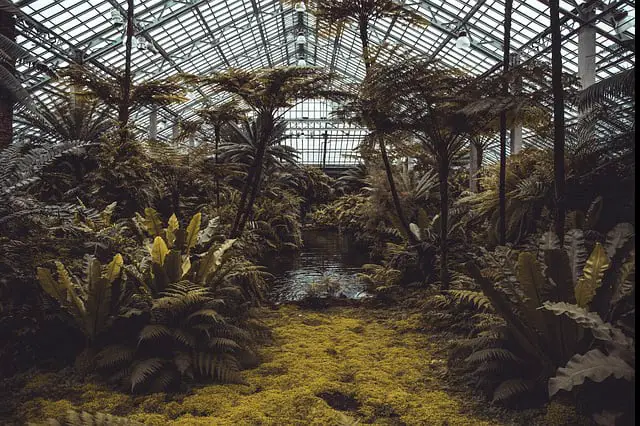
Do Plants Have to Have Roots, Stems, and Leaves to Be Plants?
No, plants don’t have to have roots, stems, and leaves to be true plants. Some aquatic vascular plants don’t have any of these structures–they just float around in the water and get their nutrients from the water. Some terrestrial (land-based) plants also lack one or more of these structures. For example, moss (bryophytes) don’t have roots, stems, or leaves!
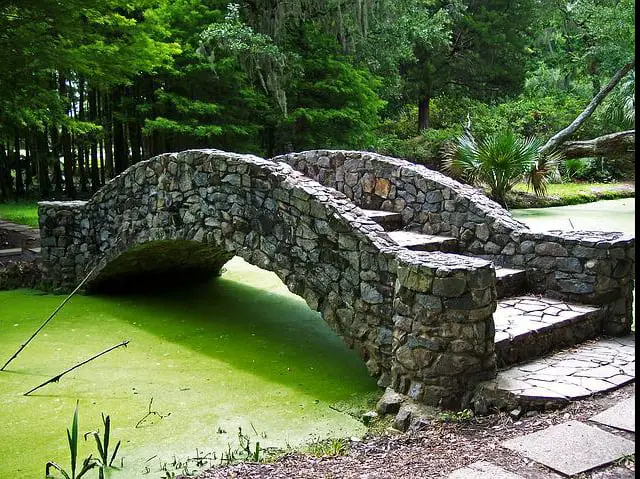
What is the Scientific Definition of Plants?
The short answer is that plants are living organisms that belong to the kingdom Plantae. This includes algae, mosses, ferns, gymnosperms, and angiosperms.
The scientific study of plants is called botany. Botanists study everything from the smallest algae to the tallest Sequoia tree. They might focus on a plant’s structure (its stem, leaves, flowers, and fruits), its chemical properties (such as how it produces oxygen or fights disease), or its ecology (how it interacts with other species and its environment).
Plants are eukaryotic cells—that is, their DNA is enclosed within a cell nucleus. Most plants also have chloroplasts, organelles that are unique to plants and other photosynthetic organisms. Chloroplasts convert sunlight into chemical energy that plants can use to grow and thrive.
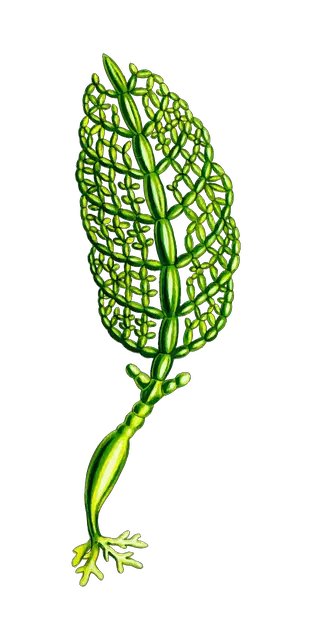
What Are the Different Types of Plants?
There are many different types of plants, but they can all be classified into two main groups: flowering plants (angiosperms) and non-flowering plants (gymnosperms).
Flowering plants are the most diverse group of plants, and they include trees, shrubs, herbs, grasses, and vines. They produce seeds that are enclosed in a structure called a fruit. The best-known flowering plant is probably the rose.
Non-flowering plants include mosses, ferns, and conifers (such as pine trees). They produce spores instead of seeds, and their sporophytes (spore-bearing structures) are usually much smaller than their gametophytes (sex cells). Non-flowering plants reproduce by releasing spores into the air, where they eventually land in a suitable location and grow into new plants.
How Do Plants Make Food?
All plants use photosynthesis to make food. Photosynthesis is a process that converts sunlight into chemical energy, which plants then use to produce glucose (a type of sugar).
During photosynthesis, plants take in carbon dioxide from the air and water from the ground. Using sunlight as an energy source, plants combine these two ingredients to produce glucose and oxygen. The oxygen is released into the air, and the glucose is used by plants for energy or stored in their leaves, stems, and roots.
What Do Plants Need to Survive?
To survive, all plants need water and sunlight. They also need nutrients from the soil, which they absorb through their roots.
Water is used by plants for a variety of purposes, including transporting nutrients, cooling the leaves, and helping the plant to grow. Too much or too little water can be harmful to a plant, so it’s important to find a balance.
Where Did Plants Come From?
The first plants appeared on Earth more than 400 million years ago, during the Devonian period. These early plants were simple, multicellular organisms that resembled modern-day mosses.
Over time, plants evolved and became more complex. They began to produce seeds, which allowed them to reproduce more easily and spread to new areas. Flowering plants appeared about 140 million years ago, and today they are the most common type of plant on Earth.
What Genes Do Humans Have in Common with Plants?
All plants and animals share a common ancestor, so it’s not surprising that we have some genes in common with plants. We share about 50% of our genes with bananas! Don’t be too surprised though as genes only compose less than 2% of our total DNA. The rest of our DNA, similar to the banana, is used to regulate the expression of those genes.
Some of the genes that we share with plants are responsible for basic functions, such as cell division and repair. All cellular organisms have these genes.
Even though we share many genes with plants, there are also some important differences. For example, plants have genes that allow them to create their food through photosynthesis. Humans don’t have these genes, so we have to eat plants (or other animals that eat plants) to get the food we need.
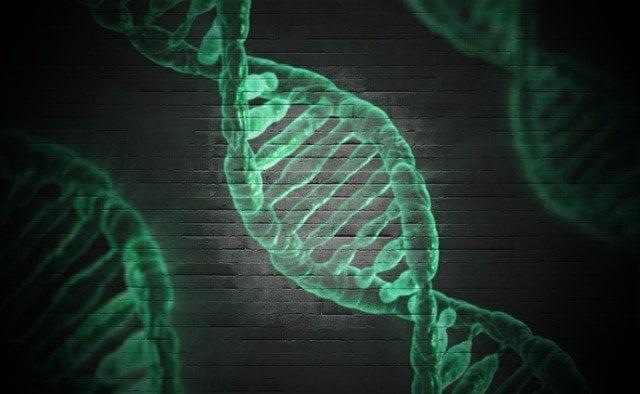
What Do Lichens Have in Common with Plants?
Lichens are a type of symbiotic relationship between algae and fungi. The algae produce food through photosynthesis, and the fungi help to keep the algae from drying out. This relationship is beneficial for both partners, and it’s an example of how different types of organisms can work together.
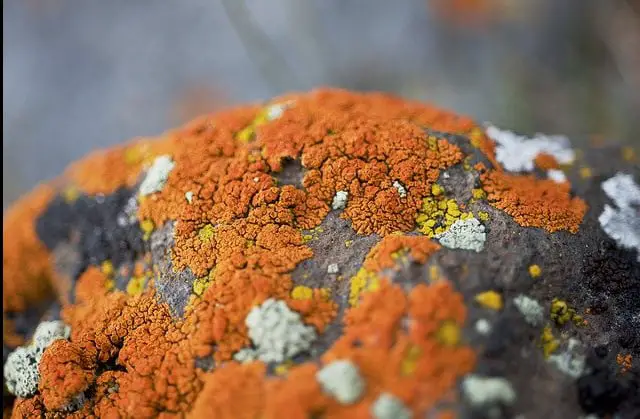
Is Algae a Plant?
Algae are a type of simple, plant-like organism. They are usually found in water or moist areas, and they can range in size from microscopic to very large. Like plants, algae use photosynthesis to produce food. However, they don’t have true roots, stems, or leaves.
While algae are technically not plants, they are often grouped with plants for convenience. This is because they share many characteristics with plants, and they play an important role in the environment. For example, algae are a major source of food for aquatic animals. They also help to oxygenate the water and remove carbon dioxide and other pollutants from the air.
Conclusion
In conclusion, plants are complex organisms that have many different features. They need water and sunlight to survive, and they use photosynthesis to produce food. Plants also have roots, stems, and leaves, which help them to absorb nutrients from the soil and transport water throughout their bodies.


